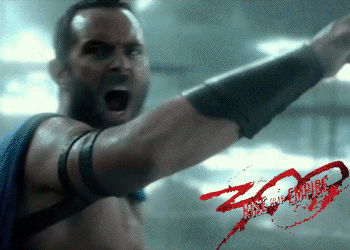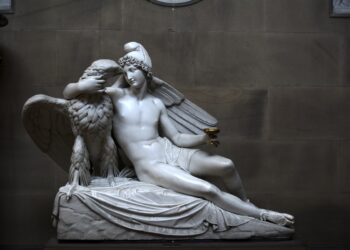This figure is sometimes referred to as “Ozymandias,” and is frequently regarded as the most powerful pharaoh of ancient Egypt.

Abraham
Tutankhamun
Julius Caesar
Ramses II
Which nation does today’s Aztecs inhabit?

Brazil
Canada
Peru
Mexico
Which of these contemporary nations wasn’t a member of the Incan empire at one point?

Peru
Mexico
Ecuador
Chile
Which of these wasn’t exchanged with people from Mesoamerica?

Horses
Vanilla
Gold
Cacao
The Aztecs engaged in human sacrifice in order to appease their gods, just like other Mesoamerican societies. After extracting the heart, what did they do with the body?

Mummify it
Hang it on a wall
Throw it down the stairs of the temple
Bury it under their crops
What Egyptian princess was Marcus Anthony’s and Julius Caesar’s lover?

Cleopatra VII
Caecilia
Hatshepsut
Isabella
Up to the start of the Imperial Period, China was fragmented and disorganized. The Qin dynasty, however, unified the majority of China in 221 BC via a violent campaign of warfare and the suppression of opposition. What enormous building did they erect to stave against invaders?

Macchu Picchu
Great Wall
Hadrian’s Wall
Colossus at Rhodes
Who among the European explorers carried tales of the beauty of the Chinese kingdom at this period back to Europe?

Marco Polo
Francisco Pizarro
Buddha
Louis XVI
What was the name of the river that the ancient Egyptians constructed their civilisation around?

Nile
Tigris
Arno
Mississippi
The gods and goddesses that the ancient Greeks revered were numerous. Which of these is NOT a deity from the pantheon of the ancient Greeks?

Zoroaster
Zeus
Athena
Aphrodite
New trade channels were developed, and learning and philosophy thrived under the Han period. Which trading route connects China to the West and is the most well-known?

Northwest passage
Silk Road
Mediterranean pass
Bering Strait
The most famous buildings in ancient Egypt were constructed during the Old Kingdom era, which lasted roughly from 2686 to 2181 BC. Which of these was built at this period in Egypt?

Colossus at Rhodes
Hanging Gardens of Babylon
Pyramids of Ziggurats
Pyramids of Giza
What form does Tenochtitlan’s Great Temple take?

Pyramid
Semicircle
Obelisk
Arena
Which dynasty replaced the Qin after its demise? The name of this dynasty is also the name of the main ethnic group in China, and this time period is regarded as a golden age in that country.

Songhai
Han
Luoyang
Cree
Who was the sky-dwelling Aztec deity?

Zeus
Osiris
Quetzalcoatl
Apollo
The Persians were driven out of Egypt by this Greek ruler, who was hailed as a liberator.

Hammurabi
Jesus Christ
Alexander the Great
King James
This lady was Egypt’s second female pharaoh. For her construction endeavors and the development of trade routes, she is regarded as one of the most successful pharaohs and is occasionally referred to as the first truly great woman in history.

Mother Theresa
Hatshepsut
Atia of the Julii
The Virgin Mary
From a fortress far from Cusco, an Inca struggled against Spanish rule. Who was he called?

Alexander the Great
Joseph
Tupac Amaru
Cyrus the Rebel
Plato wrote about this well-known and significant philosopher who employed a way of inquiring into complex issues. In 399 AD, he was found guilty and put to death. He was who?

Socrates
Daedelus
Jesus
Alexander the Great
The empire broke up once more after the Han dynasty fell in 220 AD, with some temporary reunion under the Jin and the Sui. The Tang dynasty, whose rule is regarded as the pinnacle of the imperial period, rose to power in 618 AD. Which religion rose to prominence in China?

Buddhism
Jainism
Christianity
Judaism

Sorry! You failed our ancient civilization quiz

Good Job! But not good enough. Do you want to try again?

Well Done! You are an expert in ancient civilization.
[giveaway id=12098]






